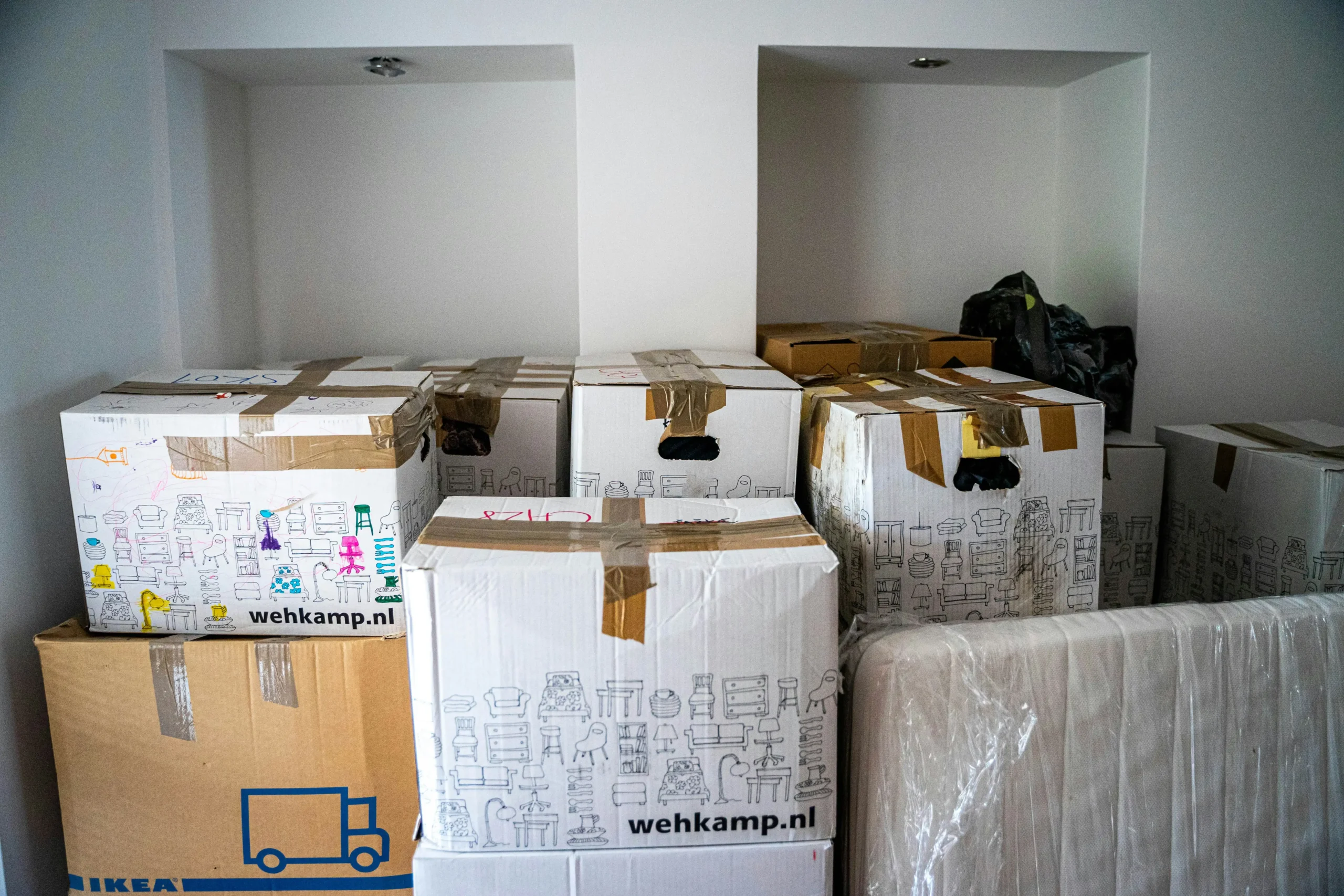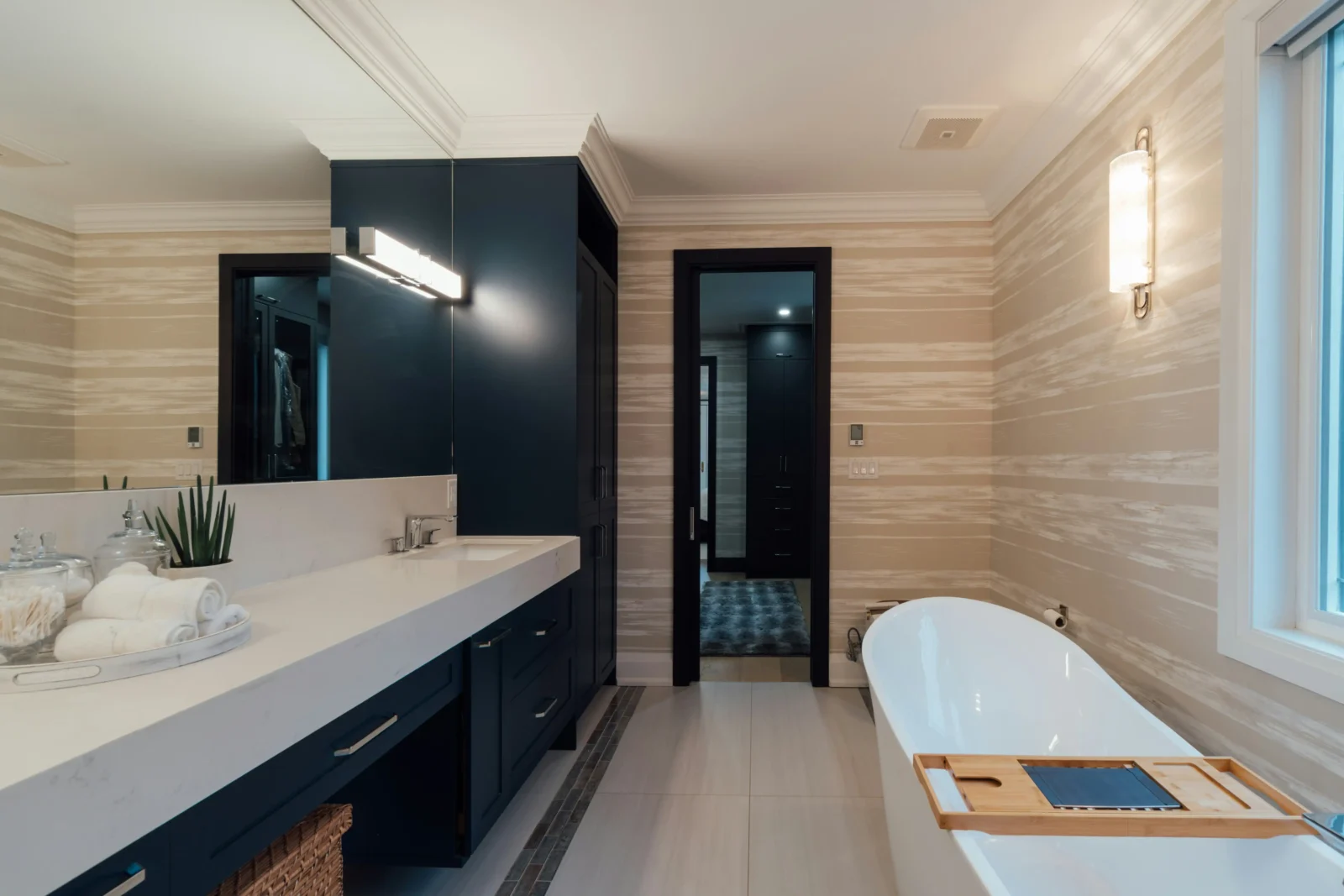- Home
- Articles
- Architectural Portfolio
- Architectral Presentation
- Inspirational Stories
- Architecture News
- Visualization
- BIM Industry
- Facade Design
- Parametric Design
- Career
- Landscape Architecture
- Construction
- Artificial Intelligence
- Sketching
- Design Softwares
- Diagrams
- Writing
- Architectural Tips
- Sustainability
- Courses
- Concept
- Technology
- History & Heritage
- Future of Architecture
- Guides & How-To
- Art & Culture
- Projects
- Interior Design
- Competitions
- Jobs
- Store
- Tools
- More
- Home
- Articles
- Architectural Portfolio
- Architectral Presentation
- Inspirational Stories
- Architecture News
- Visualization
- BIM Industry
- Facade Design
- Parametric Design
- Career
- Landscape Architecture
- Construction
- Artificial Intelligence
- Sketching
- Design Softwares
- Diagrams
- Writing
- Architectural Tips
- Sustainability
- Courses
- Concept
- Technology
- History & Heritage
- Future of Architecture
- Guides & How-To
- Art & Culture
- Projects
- Interior Design
- Competitions
- Jobs
- Store
- Tools
- More
Moving Into a New Build? Here’s the Smart Way to Manage the Transition

Few moments feel as exciting as getting the keys to a brand-new home in Singapore. Fresh paint, untouched flooring, modern finishes, and a layout designed exactly the way you imagined — it’s a blank canvas waiting for your life to fill it.
But moving into a new build is very different from shifting into an older home. You’re not just relocating your belongings. In fact, you’re transitioning into a space that may still be settling, drying, or awaiting final touches.
And because everything is new, you want every part of the move handled with care. Scratches, dents, misplaced furniture, or installation delays can quickly take the shine out of your new build excitement. That’s why managing this transition smartly is just as important as planning the home itself.
Having said that, here’s how to navigate the move into your new build smoothly and stress-free. Dive into the article!
Table of Contents
Toggle1. Time Your Move Carefully
Unlike moving into an older home, a new build often comes with ongoing activity even after the keys are handed over. You may still be dealing with:
- Final cleaning and touch-up painting.
- Flooring or tile drying.
- Electrical or plumbing checks.
- Minor defect rectifications.
- Internet, lighting, or appliance installations.

This is why timing your move is crucial. Give your property enough time to settle before bringing in furniture. Rushing may lead to dust settling on your new sofa, fresh paint being smudged, or floors being damaged by heavy items. Simply put, always coordinate move-in dates with your developer or contractor so you’re not competing with workers or wet surfaces.
2. Choose Movers Who Understand New Builds
A new home deserves careful treatment. Fresh walls, unblemished tiles, and newly installed fixtures are far more vulnerable to damage than older homes. This is where choosing the best house movers in Singapore, like Rodex Movers, makes a huge difference. Experienced movers who specialize in residential transitions understand the small details that matter.
The following are the features you should look for in a moving team:
- Uses floor and wall protection during the move.
- Wrap furniture thoroughly, especially sharp corners.
- Has experience maneuvering items through narrow hallways or staircases.
- Provides dismantling and reassembly services for large furniture.
- Knows how to protect fragile surfaces like polished marble or vinyl flooring.
Long story short, new builds often come with pristine surfaces that scratch easily. In such situations, skilled movers ensure your first day in your new home doesn’t start with repairs.
3. Map Out Your Furniture Layout Before the Move
A common mistake homeowners make is waiting until moving day to decide where everything will go. In a new build, proper layout planning saves you time, prevents clutter, and avoids unnecessary pushing and lifting. Here’s how to plan effectively:
- Measure Before Move-In: Measure all main furniture pieces and compare them to the room dimensions. This ensures your furniture fits without overwhelming the space.
- Plan Traffic Flow: Identify walkways and access points — your movers need space for carrying large items without scraping walls or door frames.
- Mark Furniture Locations: Use masking tape or sticky notes to mark where large items should be placed. It reduces confusion and speeds up the entire process.
- Prioritize Key Rooms: Focus on:
- Bedrooms.
- Living area.
- Kitchen essentials.
Last but not least, a planned layout turns moving day from chaotic guesswork into an organized, professional operation.
4. Unpack Systematically
The excitement of a new build makes many homeowners rush to unpack everything within a day. But slow and intentional unpacking helps you organize better and prevents your new home from becoming cluttered from day one. Here’s a smart unpacking order:
Day 1 Priority Items:
- Bedding.
- Bathroom essentials.
- Kitchen basics.
- Work-from-home equipment.
- Chargers & daily-use electronics.

Day 2–5 Essentials:
- Clothes.
- Pantry items.
- Small appliances.
- Cleaning tools.
Week 1:
- Decorative items.
- Books & entertainment.
- Storage organization.
- Artwork and wall fixtures.
All in all, a slower and organized unpacking process keeps your new space clean, functional, and enjoyable from the start.
To Sum It All Up!
Moving into a new build is a fresh beginning — one filled with excitement, pride, and the joy of finally stepping into a space made just for you. But that excitement shouldn’t be interrupted by preventable moving-day chaos. With careful timing, thoughtful planning, proper protection, and the support of skilled movers, you can transition into your new home smoothly and stress-free.
A new build deserves a move that matches its freshness. Handle the transition wisely, and your first days in your new space will feel exactly as they should: calm, organized, and full of possibility.
illustrarch is your daily dose of architecture. Leading community designed for all lovers of illustration and #drawing.
Submit your architectural projects
Follow these steps for submission your project. Submission FormLatest Posts
Process Server: Role, Requirements, and How to Hire the Right One
Introduction A process server is a neutral professional who delivers legal documents...
Top Modern and Stylish Bathroom Architectures In 2026
Bathroom design, much like other aspects of interior design, is always changing...
Exterior Enhancements That Turn Every Entrance Into A Showcase
The front of a home sets expectations before anyone touches the handle....
Are Organic Bamboo Sheets Worth the Investment?
When it comes to getting a good night’s sleep, the quality of...











Leave a comment